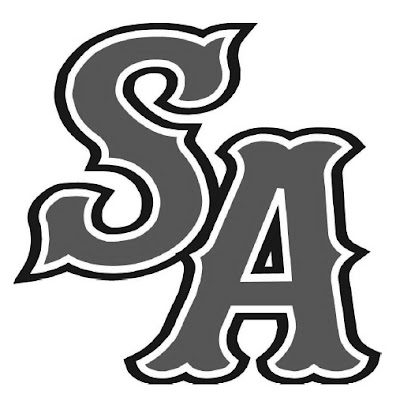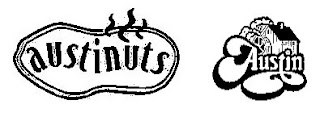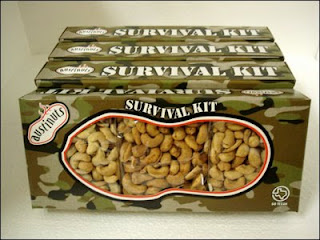Joe Dreitler Expounds On "The Dangers Posed by Bose," But CAFC Chief Judge Michel Sees No Problem
The editors of World Trademark Review have kindly allowed me to provide TTABlog readers with Joe Dreitler's latest article: "The Dangers Posed by Bose," December-January 2010 World Trademark Review 13- 17 (Issue 23). (Subscribe to WTR here). CAFC Chief Judge Paul Michel, author of the court's Bose opinion, responds to the criticism and explains "why the court came to the decision it did." [Also included is a side-bar entitled "Fraud in the post-Bose era" by someone named John L. Welch].

Mr. Dreitler (whose article entitled "Why The TTAB Got It Right In Medinol" was published at the TTABlog on August 7, 2009) maintains that the CAFC, in overturning Medinol,
"equated fraud in trademark oppositions with fraud in patent infringement lawsuits. In so doing, the court rode roughshod over the principles of use of a mark implemented by the Trademark Law Revision Act of 1988 and sanctioned the development of a US Trademark Register filled with deadwood and falsely obtained registrations."

Judge Michel asserts that "[t]he concern that this decision allows people to be careless during the application process is easy to exaggerate and is being exaggerated." According to the Judge,
"First, the application must be supported by a sworn affidavit. When a lawyer takes an affidavit under oath he or she is putting his or her reputation on the line. If the lawyer knowingly provides false information in an affidavit he or she is liable to criminal prosecution for perjury. Second, the USPTO can disbar any attorney and refuse to allow that attorney to appear before it ever again. Third, lawyers who specialize in trademark work are repeat advocates before the USPTO so the worst thing a lawyer can do is lie or exaggerate as he or she will quickly gain a reputation for being someone that cannot be trusted." [TTABlog comment: I believe that most trademark applications are verified not by the lawyer, but by the applicant]
Judge Michel also asserts that "the key cases on which the court relies are trademark cases, not patent cases. The decision is firmly grounded in trademark law."
As previously noted (here), the USPTO is pondering what to do in view of Bose. The first question I have is: just how big a problem is this?
Text Copyright John L. Welch 2009.





















































